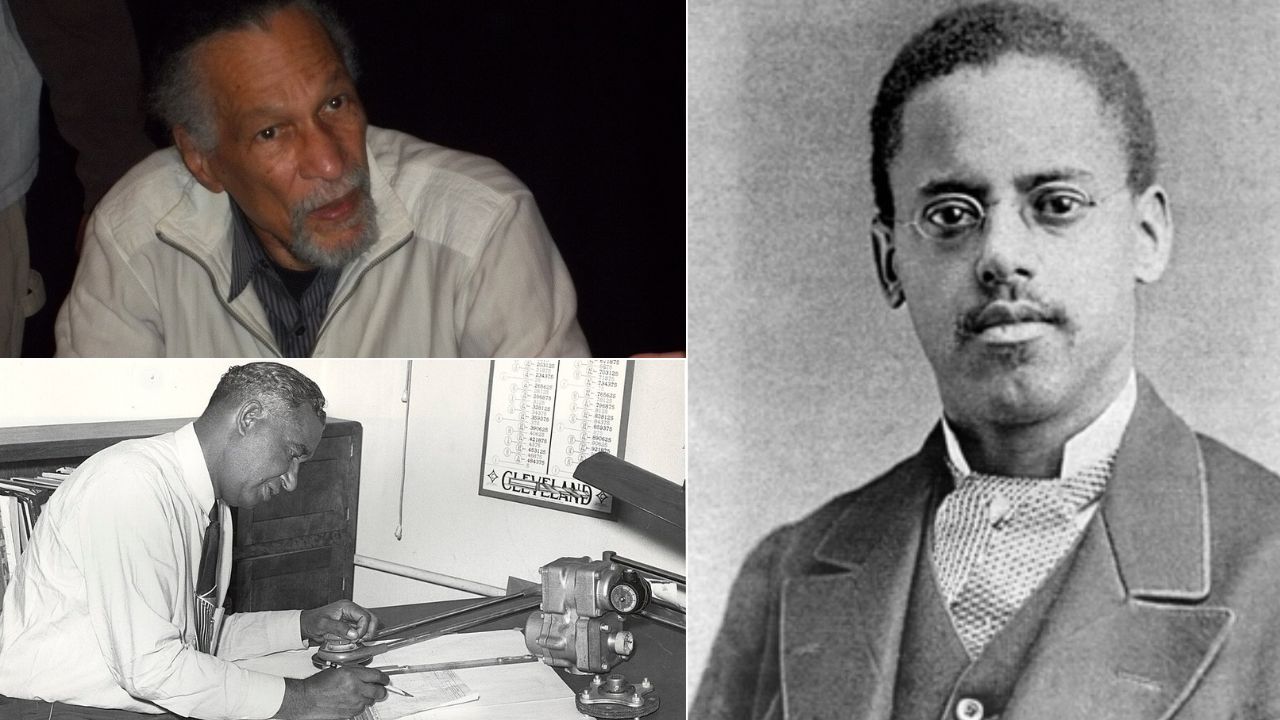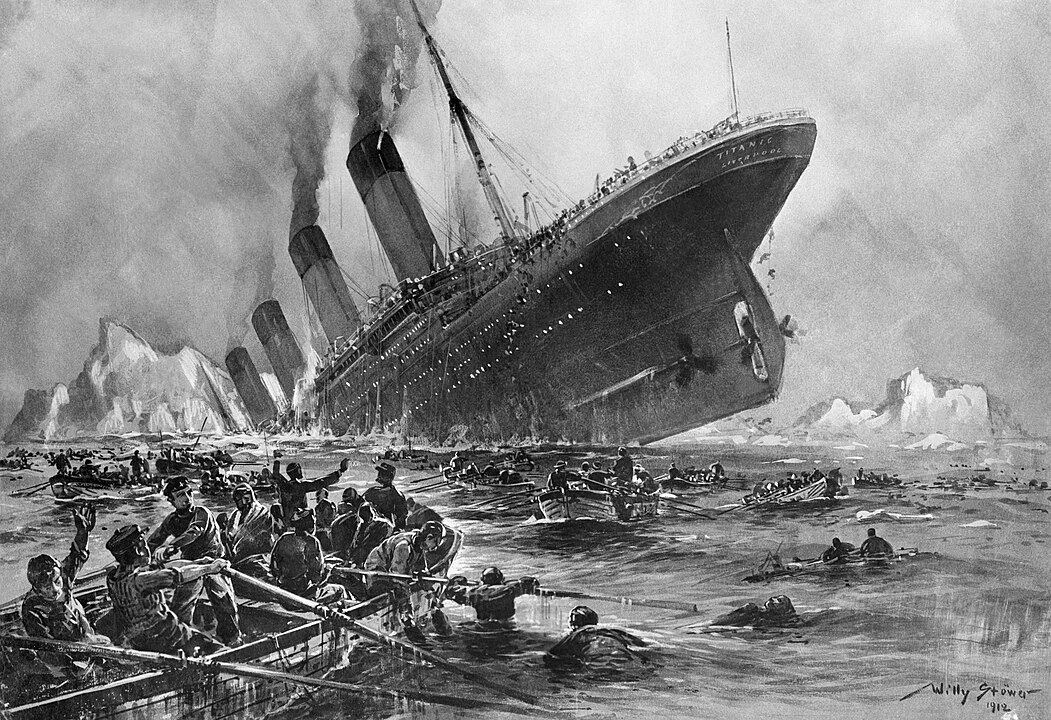From alarms to streetlights, modern life runs on smart ideas. Many came from Black inventors who solved daily problems, often with limited support. Their designs earned U.S. patents, powered new companies, and taught future builders. These creators improved travel, home safety, food delivery, and communication from 1872 to 1991. As you read, notice the places, dates, and rules that made each idea real in American life, not just a chapter in history.
1. Garrett Morgan
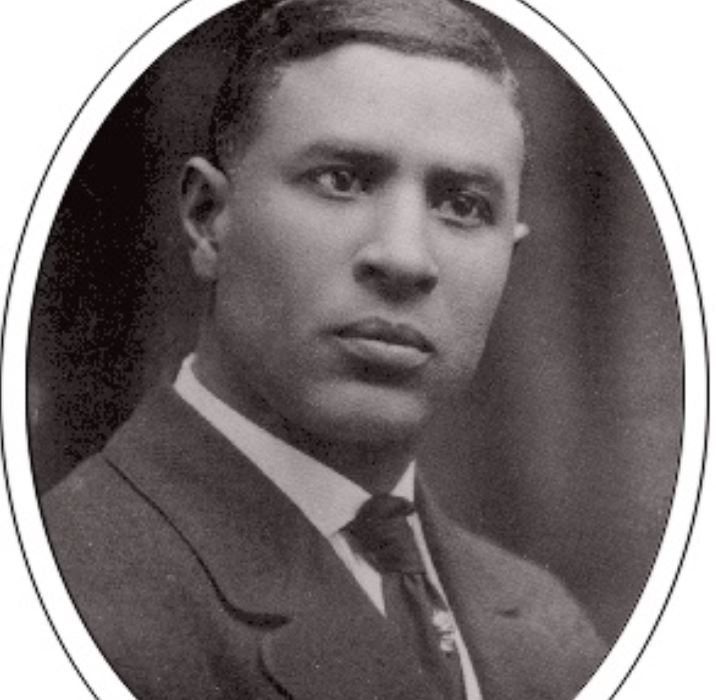
Garrett Morgan watched a crash at a busy Cleveland intersection in 1922, then designed a safer signal with a pause between Go and Stop. He filed for a patent that same year, and in 1923 his three-position traffic signal was granted in the United States. The added interval let cars clear the intersection, a rule cities still follow in 2025. Morgan also created an early safety hood in 1914 for rescue crews. When you see 3 lights above a road, his idea is working every minute in real traffic. Cleveland later recognized his traffic safety work with local markers.
2. Lewis Latimer
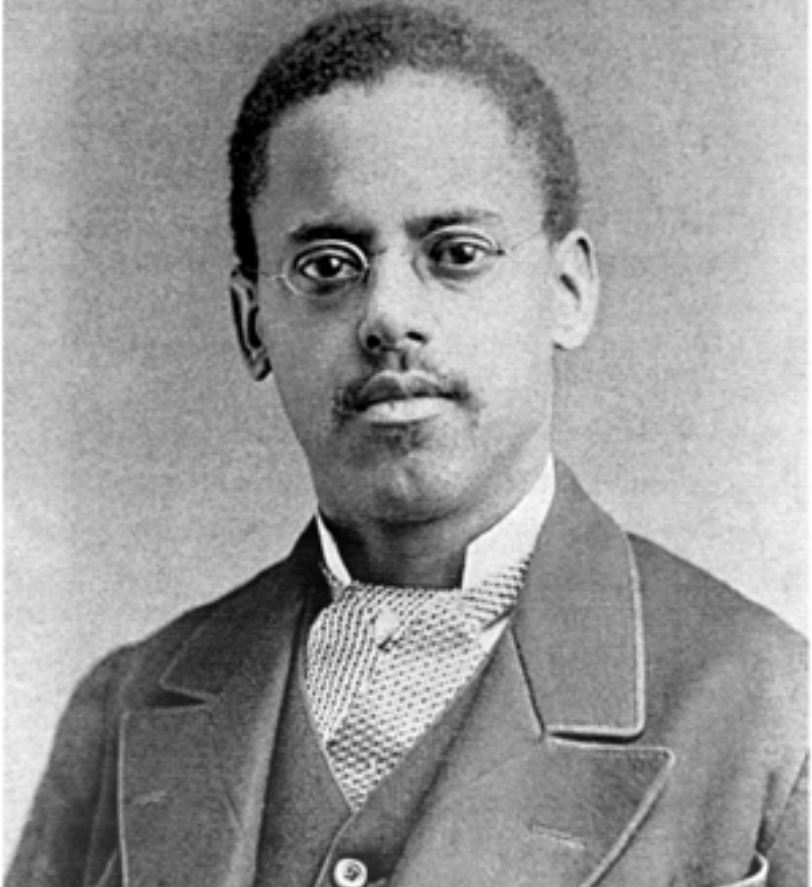
Lewis Latimer improved electric lighting by making carbon filaments last longer. Working in New York in 1881 and 1882, he earned patents for lamp parts and a method to reduce breaks. He also drew the 1876 patent diagrams for Alexander Graham Bell’s telephone at a Boston law firm, a job that required exact scale measurements. By 1884 he joined the Edison Electric Light Company. Longer lasting filaments meant fewer bulb changes at home, in schools, and on city streets. In 1890 he published a practical guide on lighting systems used in U.S. buildings.
3. Elijah McCoy
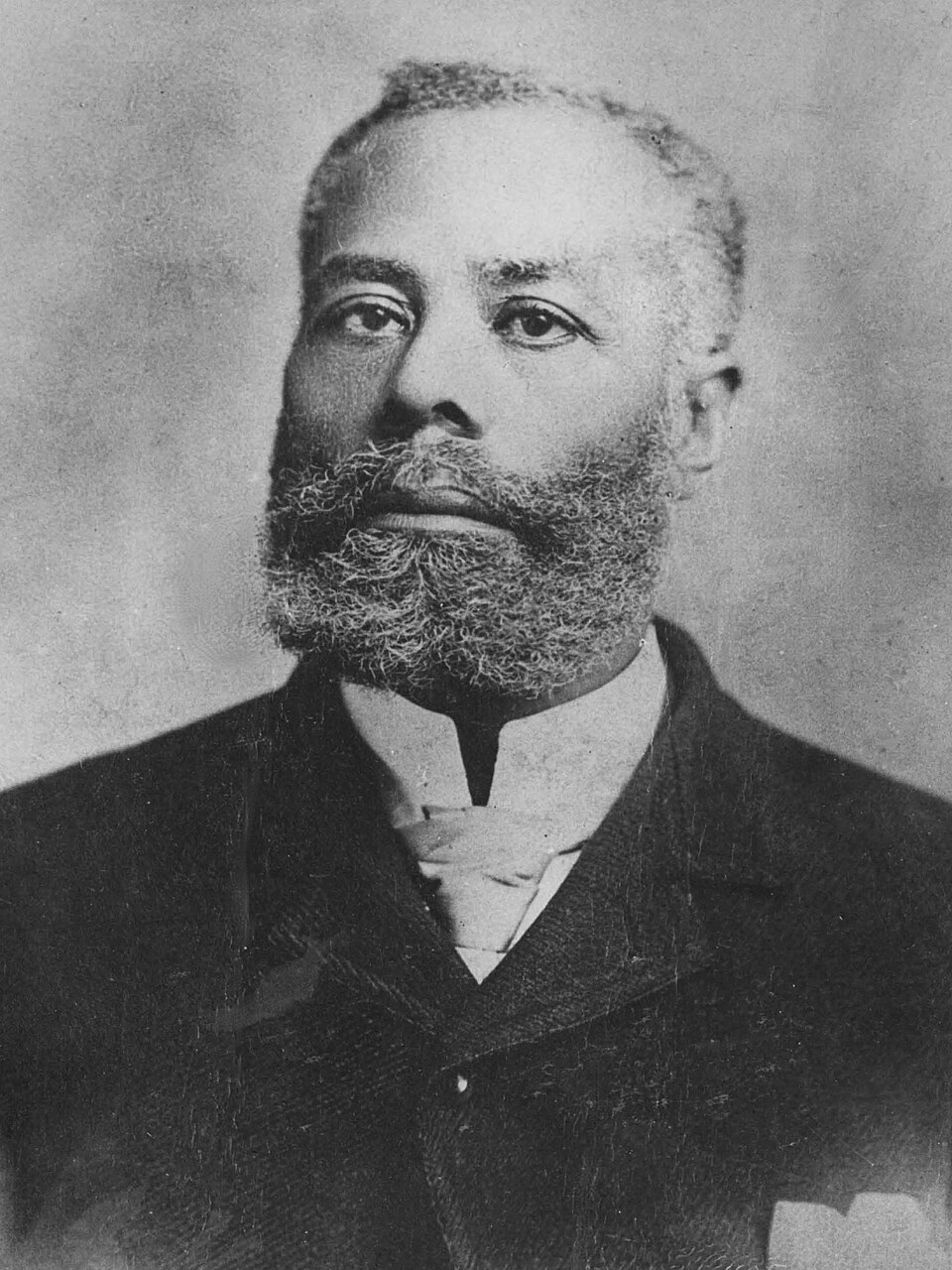
Elijah McCoy solved a grinding problem on railroads. In 1872 he patented an automatic lubricating cup that dripped oil while engines ran, so trains did not need to stop for service every few miles. He lived and worked near Detroit, where freight lines moved coal and grain across the Midwest. By the 1890s, versions of his device were common on locomotives and factory machines. Smoother motion reduced heat, wear, and delays, which saved money and improved safety for workers. Over his career he earned more than 50 patents, showing how one mechanical fix can scale across many industries.
4. Frederick McKinley Jones
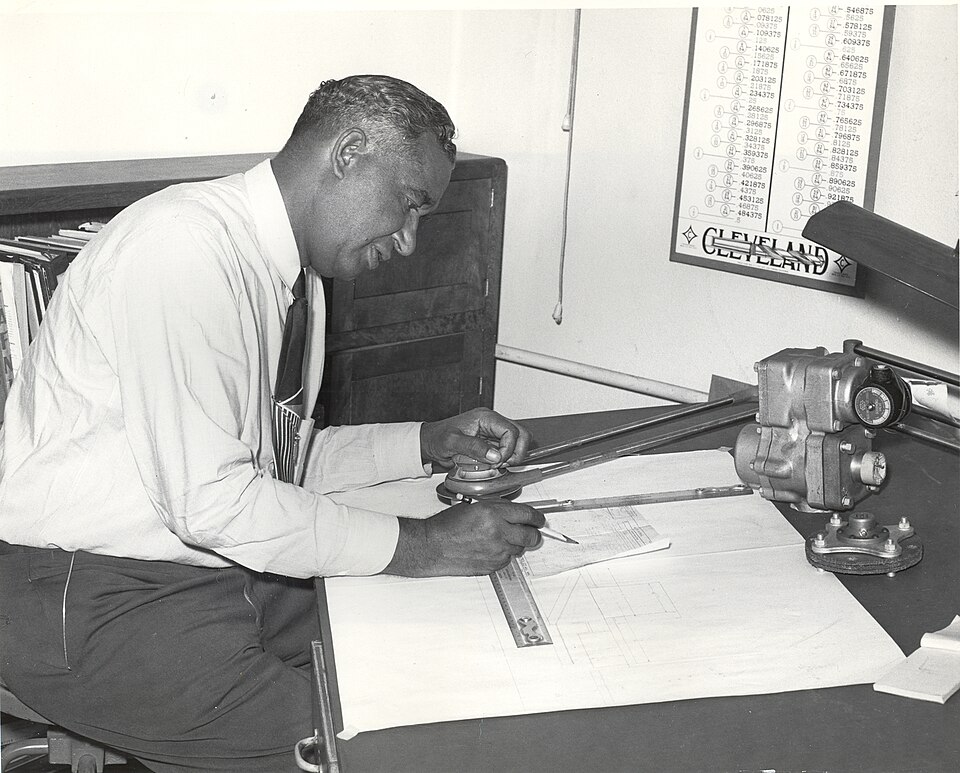
Frederick McKinley Jones made it possible to ship fresh food year-round. In 1940, he patented a portable refrigeration unit for trucks and rail cars, then helped launch Thermo King in Minnesota in 1938 to build the systems at scale. Chilled trailers kept milk, meat, and produce safe on long routes in summer heat. During World War II the technology supplied field hospitals with temperature sensitive medicine. Today refrigerated transport moves groceries to stores in all 50 states, cutting waste and expanding choices for families.
5. Marie Van Brittan Brown
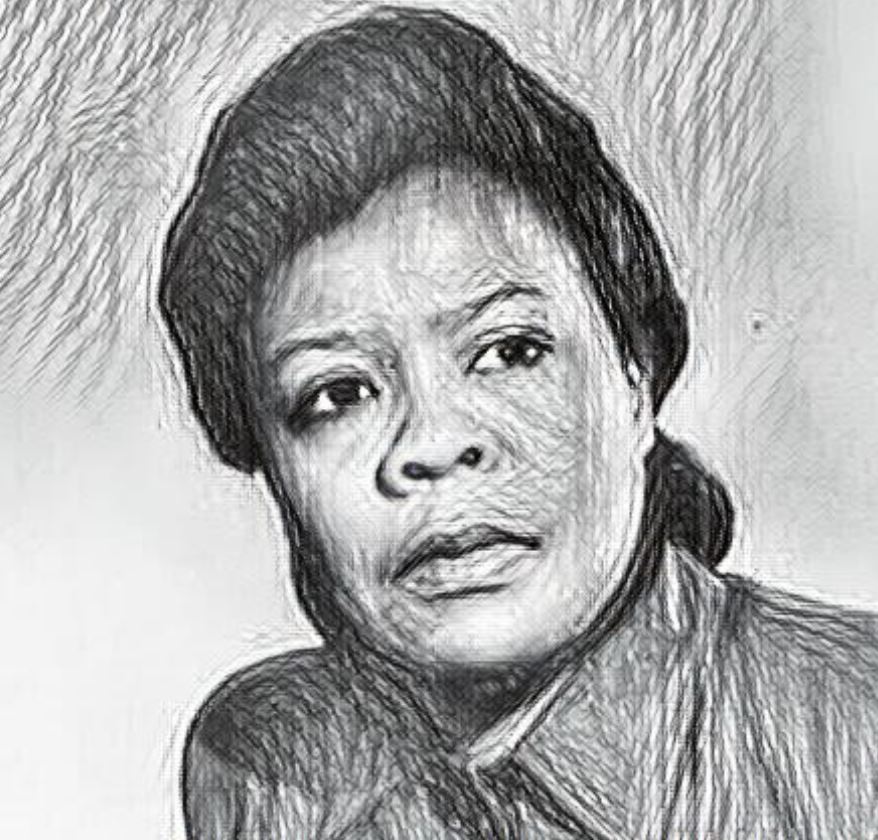
Marie Van Brittan Brown, a nurse in Queens, New York, designed a home security system after late shifts made her feel unsafe. She filed a patent in 1966, and in 1969 the United States granted it for a setup with a camera, a monitor, and a remote door lock. Her design used four peepholes and a motorized camera to see visitors at different heights. The idea inspired later intercoms and video doorbells. Brown’s patent also named her husband, an electronics technician, reflecting teamwork on a useful home solution.
6. Lonnie Johnson
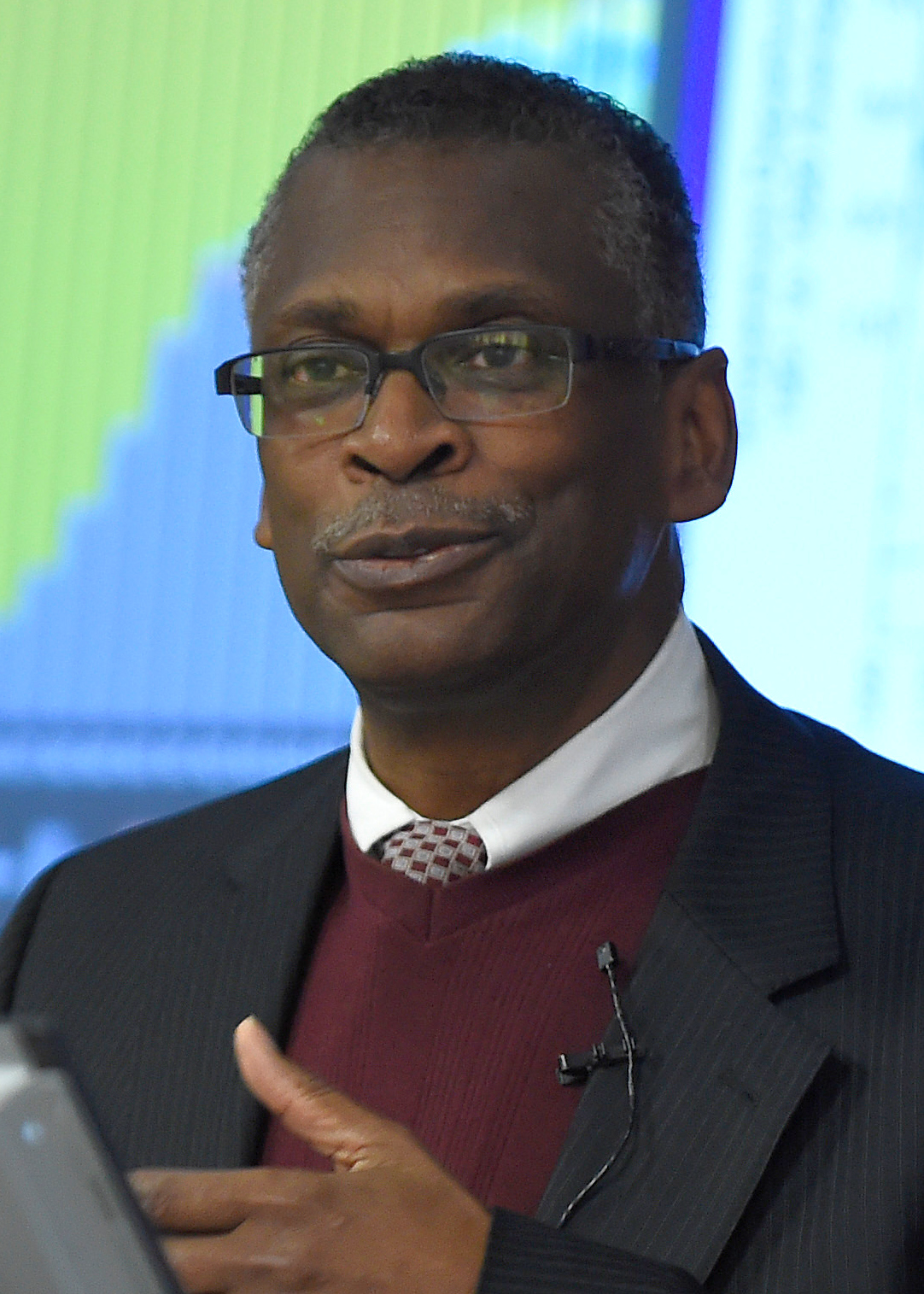
Lonnie Johnson, an engineer based in Atlanta, turned a home experiment into the Super Soaker. He filed a water gun patent in 1989, and on December 17, 1991 the United States granted Patent 5,074,437 for a design using pressurized air and water. The toy launched with Larami in 1990 and quickly sold millions in the early 1990s. Johnson later founded research companies and earned dozens of additional patents. Use clean water only, and never spray at faces or eyes, a simple safety rule on most package labels.
7. James E. West
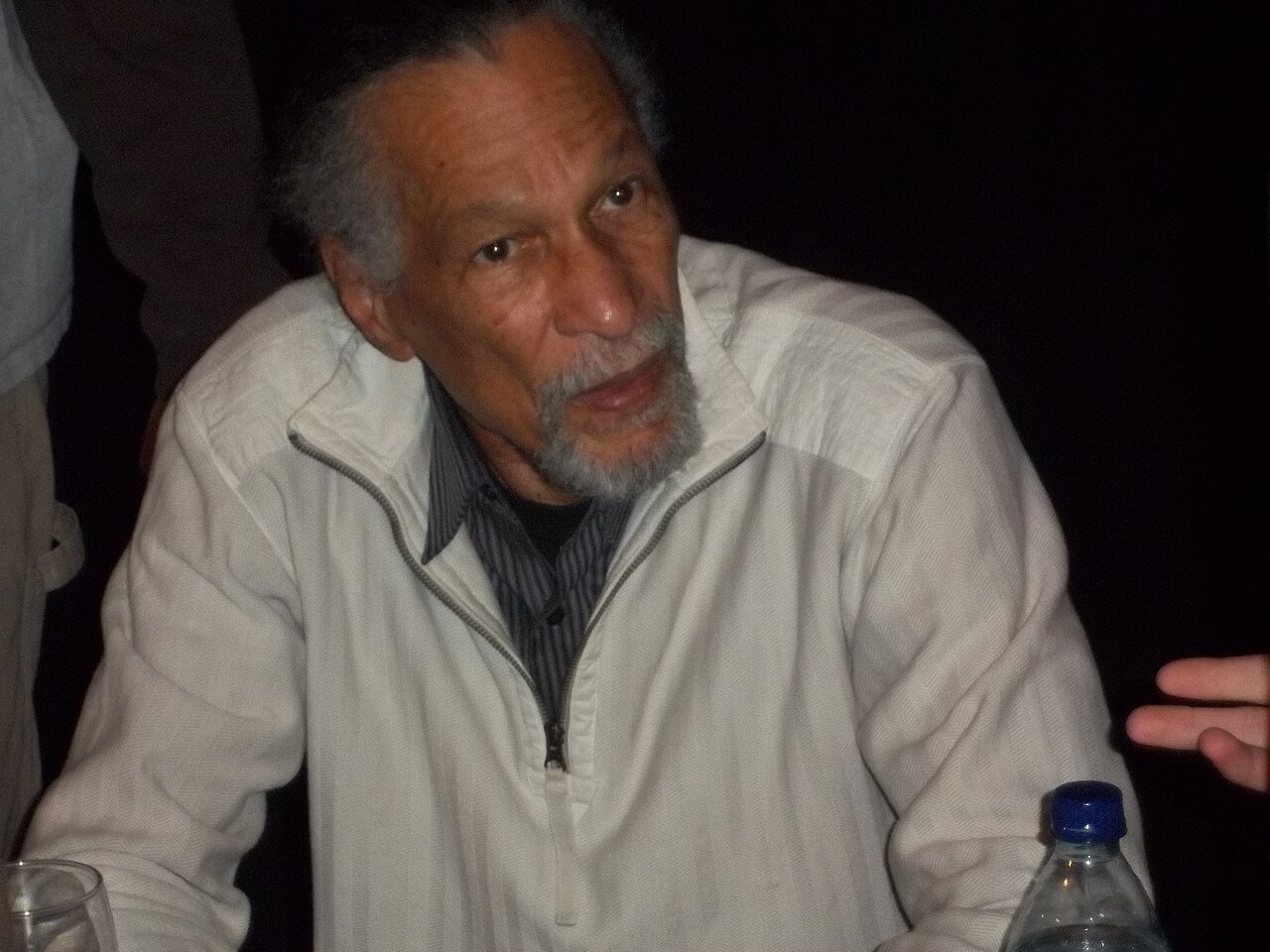
James E. West co-invented the electret microphone at Bell Labs in New Jersey in 1962, turning a sheet of charged plastic into a reliable sound sensor. A patent followed in 1964. The design was small, low cost, and sensitive, so it fit inside phones, hearing aids, and portable tape recorders across the United States by the 1970s. Today, most laptops and earbuds use compact mics built on the same principle. Many capsules are only a few millimeters wide, yet capture clear speech at everyday distances.
